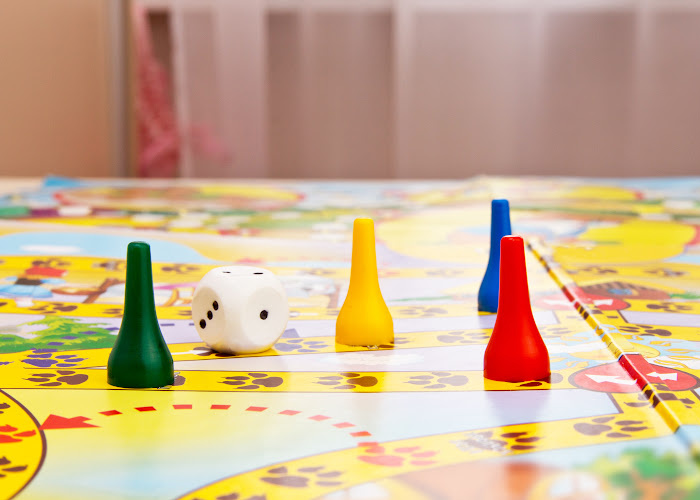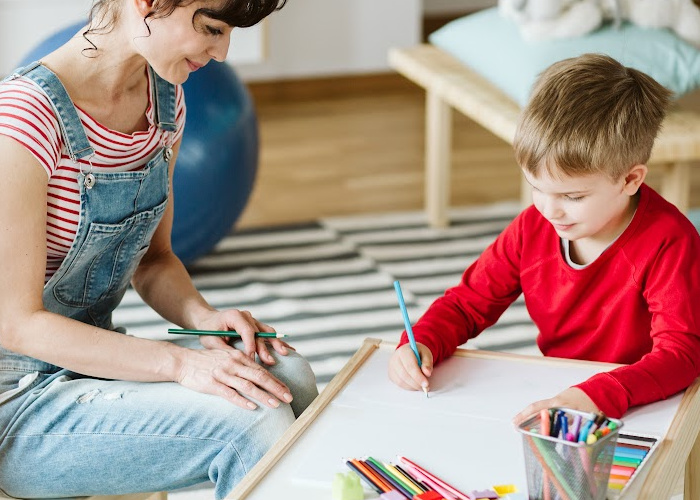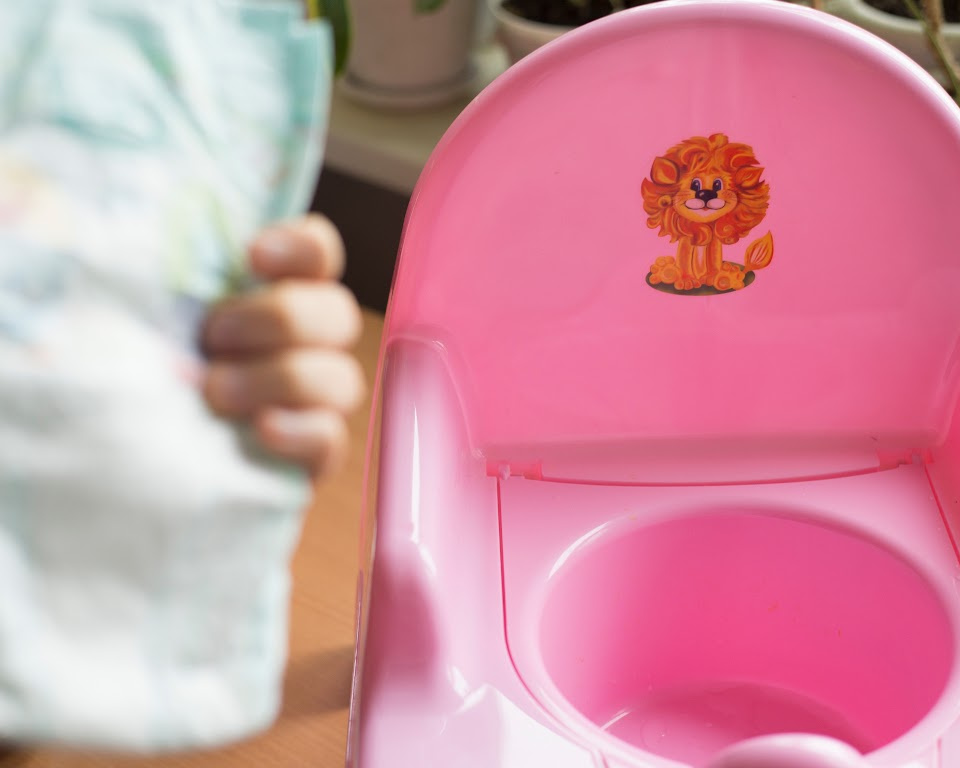Understanding how to communicate with a nonverbal autistic child is a challenge many parents, caregivers,…

Autism Focusing Strategies: Proven Techniques for Improving Attention
Attention is a precious resource for all of us, but it can be particularly elusive for individuals on the autism spectrum. Finding the most effective focusing strategies for individuals with autism is not only beneficial but essential for aiding their learning and daily functioning.
Autism concentration techniques play a pivotal role in nurturing their ability to maintain attention, despite the myriad distractions that life throws their way.
For individuals with autism, unlocking the door to improved attention often requires personalized approaches. These methods may range from sensory adjustments to structured learning scenarios, all grounded in deep respect for their unique ways of experiencing the world.
As we delve into the world of strategies for increasing attention in autism, it’s important to consider both what captivates them and what can easily derail their focus. Through understanding, patience, and the right ways to improve focus in individuals with autism, we can create a bridge to more meaningful engagement and growth.
Each child with autism brings a unique set of skills, challenges, and interests to the table. Thus, the quest to enhance autism and focusing skills is not about prescribing a one-size-fits-all solution; rather, it involves crafting a careful blend of approaches tuned to each individual’s needs.
Let’s explore some of these tried-and-true techniques that can make a significant difference in the lives of those on the autism spectrum.

Understanding Autism and Challenges in Focusing
Focus in children with autism spectrum disorder (ASD) presents unique challenges that parents and educators must navigate carefully. Distractions that may seem minor can significantly interrupt a child’s engagement, making traditional educational and social interaction methods less effective. To improve focus in autism, tailored strategies that account for these distinct attention needs are essential.
The Nature of Attention Difficulties in Autism Spectrum Disorder
Children with ASD often show remarkable focus on interests that align closely with their preferences, yet they may struggle with applying the same level of attention to tasks outside these areas. This may affect their ability to learn in a typical classroom environment or interact in social settings, highlighting the importance of effective autism attention strategies.
Identifying Stimuli that Distract or Engage Children with Autism
Creating a conducive learning environment involves identifying what specifically detracts from or enhances focus for a child with autism. Tips for improving focus in autism often include minimizing distractive stimuli while incorporating elements that the child finds engaging, utilizing their innate interests to encourage sustained attention to the task at hand.
Impact of Sensory Processing Differences on Attention
Sensory processing differences, as detailed in the DSM-5, can profoundly affect the attention span of children with ASD. Addressing these differences is paramount to improving focus, as children may be either excessively sensitive to or seek out sensory input. Effective strategies for autism attention often entail customized sensory support tailored to the child’s individual sensory profile.
- Implement calming techniques to manage hypersensitivity.
- Introduce sensory activities that cater to hypo-reactivity.
- Adapt learning materials and environments to reduce sensory overload.

Autism Focusing Strategies: Engaging through Play
Integrating autism strategies for improving focus into playtime activities offers a unique opportunity to capture the attention of children with autism in a setting they find enjoyable. Through play, children with autism can experience the joy of learning, the thrill of interaction, and the rewards of improved focus without the pressures that often accompany structured educational settings.
Play-based activities are recognized as effective attention-building techniques for individuals with autism. They encourage children to explore, imagine, and engage which, in turn, nurtures their ability to concentrate and maintain focus on tasks at hand. The success lies in tailoring these activities to align with their personal interests.
- Choose toys that align with the child’s existing interests to spark immediate engagement.
- Mirror the child’s play behavior to validate their interests and foster parallel play.
- Use enthusiastic and genuine praise to reward their efforts and milestones.
- Encourage joint attention by participating in the play activity and sharing their focus.
- Elevate the play experience with storytelling, using a rhythmic and exciting tone to keep the child engaged.
By tapping into the natural affinity children with autism have towards certain patterns, textures, and subjects, we can create a learning environment that is conducive to developing focus. The autism methods for focusing during play are not about changing the child’s interests, but rather channeling those interests into frameworks and activities that encourage sustained attention and social interaction.
Incorporating Sensory Integration Techniques for Improved Focus
Mastering the environment and sensory experiences are key components in the toolkit of strategies for autism management. Parents, educators, and therapists can utilize specific approaches to reduce sensory overload and foster a setting that greatly aids in enhancing focus for individuals with autism.
Calming Strategies to Minimize Sensory Overload
Focusing amidst sensory chaos can be virtually impossible for individuals with autism. To implement techniques for enhancing focus in autism, several calming strategies can be employed:
- Introduce a routine with predictable patterns to provide stability and structure.
- Use noise-canceling headphones or soft background music to mute overwhelming environmental noises.
- Incorporate weighted blankets or vests that provide deep pressure for a grounding effect.
- Engage in deep-breathing exercises or guided imagery to promote relaxation and concentration.
- Design a sensory-safe space, with dimmed lights and soft textures, to retreat to when overstimulation occurs.
Choosing the Right Environments to Enhance Concentration
Selecting the optimum environment is essential when applying autism concentration strategies. It’s not just about removing distractions; it’s also about creating spaces that promote positive sensory experiences:
- Evaluate lighting conditions and adjust for comfort, using natural light when possible.
- Minimize clutter and visual distractions in the area designated for focusing on tasks.
- Use colors and decor that are soothing rather than stimulating or distracting.
- Ensure that there is furniture that supports good posture and personal space.
- Incorporate opportunities for physical movement breaks to allow for the expending of energy, which can then improve focus upon returning to seated activities.
By addressing sensory needs through such strategies, children with autism can find better ways to manage their senses and concentrate on the tasks at hand, making these strategies integral to effective autism management.
Conclusion
The journey towards enhancing focus for individuals with autism is ongoing and nuanced, requiring both innovate thinking and a firm understanding of the condition’s unique challenges. As we have discussed, strategies such as establishing eye contact for joint attention, engaging in preferred play activities, and incorporating sensory integration methods are pivotal in improving concentration. These approaches are not one-size-fits-all solutions but serve as a critical foundation to be adapted and customized to each individual’s needs.

Summarizing Effective Focus Techniques for Autism
To effectively improve focus in children with autism, multiple techniques must work in concert. Eye contact is more than a social cue; it is a means of anchoring attention for those seeking to understand and connect. Play is not merely a leisurely activity, but a structured opportunity ripe for learning and focus enhancement. Meanwhile, sensory integration goes beyond simple comfort, facilitating an environment where children can concentrate free from the distress of sensory overload. Embedding these strategies into daily routines can dramatically enhance the attention in individuals with autism, paving the way for improved learning and social interactions.
Encouraging Continued Research and Custom Approaches
Despite the progress made, the field is wide open for breakthroughs and advancements. Ongoing research in strategies to enhance attention in individuals with autism is essential. The celebration of the individual’s strengths and preferences means that techniques for improving concentration in autism must be personalized, continuously adapted, and optimized. Empowering individuals with autism to sharpen their focusing skills not only unlocks their potential for growth and development but also deepens our understanding of this diverse condition. It’s an ever-evolving process, one that reflects the dynamic nature of both human cognition and the spectrum of autism itself.

FAQ
What are some effective focusing strategies for individuals with autism?
Some effective focusing strategies include establishing a routine to create predictability, using visual supports to guide attention, simplifying instructions, and providing breaks to manage sensory overload. Additionally, incorporating the individual’s interests into activities can significantly improve focus.
How can I identify what distracts or engages a child with autism?
To determine what distracts or engages a child, observe their reactions to different stimuli. Notice if they seem particularly interested or disturbed by certain sensory inputs like lights, sounds, or textures. Engage them in various activities, noting which ones elicit positive enthusiasm and sustained attention.
Can sensory processing differences affect attention in individuals with autism?
Yes, sensory processing differences can significantly impact attention. Individuals with autism may become overwhelmed by sensory stimuli, leading to difficulties in concentrating on tasks. Strategies targeted at managing sensory needs, such as providing a quiet space or the use of noise-cancelling headphones, can help in improving focus.
How can play be used as a strategy to improve focus in children with autism?
Play can be a powerful strategy to improve focus by incorporating a child’s interests, which naturally encourages attention and engagement. Interactive play that promotes joint attention and social interaction, such as turn-taking games or pretend play, can be particularly beneficial for developing focusing skills.
What role does sensory integration play in improving focus for children with autism?
Sensory integration techniques are crucial in helping to calm the nervous system, allowing children with autism to better process sensory information and reduce distractions. This may include activities that provide proprioceptive and vestibular input, creating sensory-friendly environments, and using tools like weighted blankets or fidget toys to improve concentration.
How can the right environment enhance concentration for individuals with autism?
The right environment for an individual with autism should be consistent, predictable, and free from overwhelming sensory stimuli. It can be tailored to the individual’s preferences and needs by controlling noise levels, lighting, and visual distractions. A well-structured environment can help to minimize distractions and support better concentration.
Are there specific techniques for improving concentration in children with autism?
Yes, specific techniques include teaching self-regulation skills, using movement breaks to increase alertness, and practicing mindfulness exercises. Additionally, structured tasks that gradually increase in complexity can help in building concentration abilities over time.
Why is it important to continue research and develop custom approaches for focusing strategies in autism?
Every individual with autism is unique, with their own set of strengths and challenges. Continuing research helps in understanding the complexity of autism and the variety of focusing difficulties encountered. Custom approaches ensure that strategies are tailored to meet the specific needs of each individual, which is critical for their success.
What are the benefits of teaching focusing strategies to individuals with autism?
Teaching focusing strategies to individuals with autism can lead to improved educational outcomes, better social interactions, and a greater ability to cope with daily life challenges. It also helps in fostering independence and a sense of achievement when they accomplish tasks successfully.
Can focusing strategies differ between children and adults with autism?
Yes, focusing strategies may differ between children and adults due to differing developmental stages, cognitive abilities, and life experiences. While children may benefit more from play-based strategies, adults might find coping mechanisms, like explicit scheduling and sensory accommodations in the workplace, to be more effective.



This Post Has 0 Comments